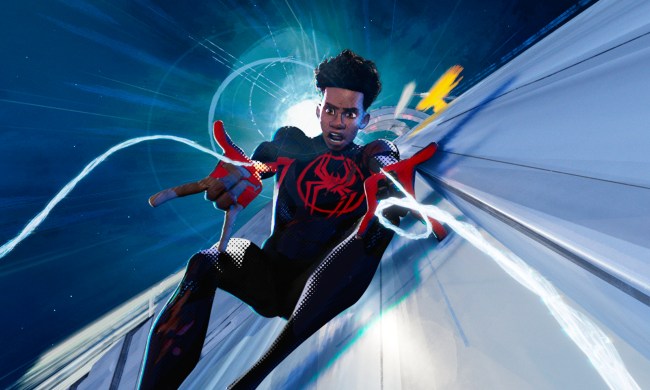While there’s been a renaissance for the comic book genre on the big screen in the last 10 years or so, some of the roots of its current success go back to the best comic book movies of the first decade of this century. And though there had also been solid endeavors even before then, what this decade did was help make superheroes more mainstream to audiences who didn’t know who the Kree were or what the heck a Lasso of Truth was.
Marvel Comics would continue building steam leading up to the debut of its lucrative interconnected cinematic universe. Meanwhile, DC Comics put out some hits that arguably flexed the brand’s greatest strength in more isolated worlds. In some ways, these days of the genre had more personality to them, as opposed to the cookie-cutter approach as of late. The 2000s stood admirably as a decade for good comic book movies, and here are the 10 best films from that era.
X-Men (2000)

In addition to Spider-Man, the X-Men comic books was among Marvel Comics’ most lucrative franchises. It was only a matter of time before they made it to the big screen, and while it certainly shows some age, Bryan Singer’s X-Men was a pivotal moment for the superhero genre. The director effectively juggled an impressive ensemble cast including the likes of Patrick Stewart, Ian McKellen, Oscar winner Anna Paquin, Halle Berry, and some obscure Australian actor named Hugh Jackman.
X-Men effectively established the cinematic identities for these beloved comic book characters, all the while handling its underlying poignant themes of intolerance and racism with surprising tact (well, for a blockbuster anyway). And while there’s a certain amount of cheesiness in the movie since it’s partly a product of the times, it’s an overall charming and nostalgic level of campiness that’s fitting of such an adaptation.
Spider-Man (2002)

Marvel Comics’ wall-crawler is a juggernaut in just about every medium he features in, and the early 2000s brought the live-action depiction of Spider-Man that, perhaps, helped make him increasingly mainstream in the 21st century. Sam Raimi is a director with a distinctive style, which was established in his horror films like Evil Dead and Army of Darkness, and he brought that same passion and flair to Spider-Man.
Tobey Maguire became the go-to face of the superhero for a generation of fans. Peter Parker’s journey, trials, and great responsibility are emotionally impactful and convincing, with Willem Dafoe’s larger-than-life take on the Green Goblin giving Raimi a chance to inject a dash of horror into a mainstream superhero movie.
X-2: X-Men United (2003)
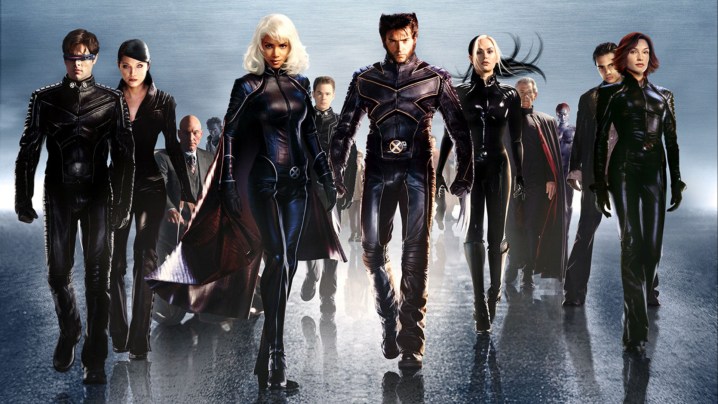
Singer went on to capitalize on the goodwill of the X-Men‘s 2000 theatrical debut with X2: X-Men United. The director once again handled the movie’s stacked ensemble cast of characters with a deft hand, this time taking cues from another landmark run in the timeless superhero team’s mythos.
Whereas X-Men was largely an original story that incorporated elements of the heroes’ comic origins, X2 borrowed from Marvel Comics veteran Chris Claremont’s God Loves, Men Kill story arc. Current Succession star Brian Cox — one of the best shows on HBO right now — gave an engaging performance as the military scientist Col. William Stryker, who gives Logan Roy a run for his money in the cruelty department. As with its predecessor, X2 succeeds in being an entertaining superhero flick while elevating the genre on-screen with its nuanced commentary on society’s persecution of what it deems the “other.”
Spider-Man 2 (2004)
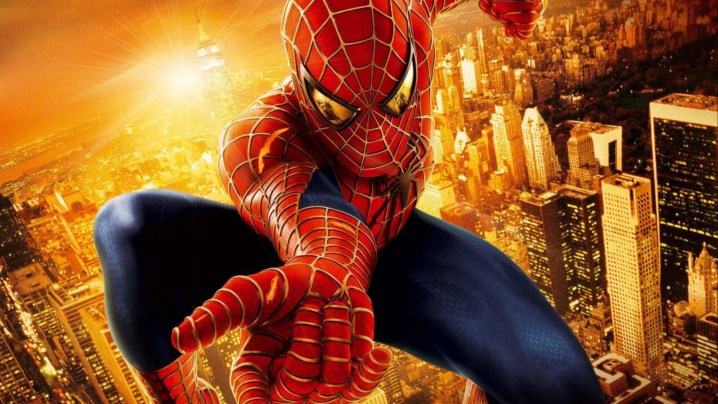
The 2002 origin story set the bar high for both Spider-Man and the superhero genre, but Sam Raimi managed to double down on every strength from his origin tale in Spider-Man 2. Maguire’s run as Peter Parker continues an interesting character arc, and even Willem Dafoe’s Green Goblin was a tough act to follow, Alfred Molina gave this live-action Spider-Man an equally compelling — and also sympathetic — villain in the tragic Doctor Octopus.
The movie was also an excellent showcase for special effects in a superhero movie for its era, from exciting comic book-level action to grand sweeping shots of the hero soaring through New York. And thanks to the soulful performances of Maguire and Molina in particular, Spider-Man 2 told a story with an emotional weight that helps it stand firm today as one of the best Spider-Man movies to date.
Hellboy (2004)

The “big two” (Marvel and DC Comics) might seem to take up all or most of the oxygen in the comic book space, but independent publishers like Dark Horse Comics also put out noteworthy comic books that are ripe for cinematic adaptation. Hellboy is one of the publisher’s most iconic characters, and the 2004 live-action movie is another underrated venture of the decade.
Directed by Academy Award-winning director Guillermo del Toro, Hellboy was an excellent match for all parties involved. Del Toro is widely known for his supernatural imagery and love of classic horror style, making this movie feel like it came from a distinct vision. That aspect feels somewhat watered down in some of the more contemporary comic book movies. A Ron Perlman made his stamp on the character with his performance.
V for Vendetta (2005)

DC Comics might be known for its pantheon of heroes like Superman, Batman, and Wonder Woman, but the publisher has plenty of inventive stories outside of its colorful spandex-wearing gods. Through its Vertigo imprint, DC published V for Vendetta by Alan Moore, who crafted a bold, anti-authoritarian tale that stands as one of the best graphic novels of the 1980s … and possibly ever.
An ambitious dystopian political thriller, V for Vendetta captures the core elements of the comic book and puts to screen a bold story of political and social upheaval against authoritarianism. Thanks to some impressive production values in its set design and action set pieces, as well as captivating performances from Natalie Portman as Evey Hammond and Hugo Weaving as V — even though we never see his face — V for Vendetta makes a decent case for being one of the more underrated comic book movies of that decade.
Batman Begins (2005)
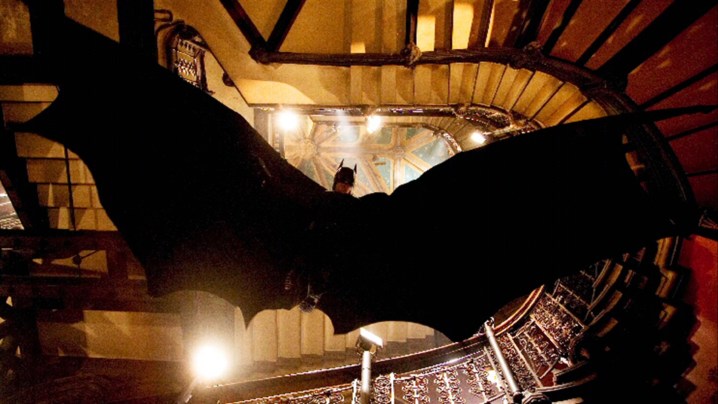
Before director Christopher Nolan came along, the Batman IP, at least in the film world, was essentially on life support. The mid-to-late ’90s movies Batman Forever and Batman & Robin steered hard into over-the-top zaniness, with the latter especially camping up the brooding superhero’s on-screen presence to such a degree that audiences stayed away.
Thankfully, Batman Begins ended the days of two-hour neon-colored toy commercials disguised as movies by giving its hero a redefining image with Christian Bale that goes back to his pulpy crime-noir roots. Taking a page from Frank Miller’s acclaimed origin story Year One, Batman Begins grounded the hero in a gritty rendition of Gotham City while cleverly incorporating Ra’s al Ghul into Bruce Wayne’s early days as a green crimefighter. It’s a great mix of street-level grit with the inherent whimsy of the comic book medium.
The Dark Knight (2008)
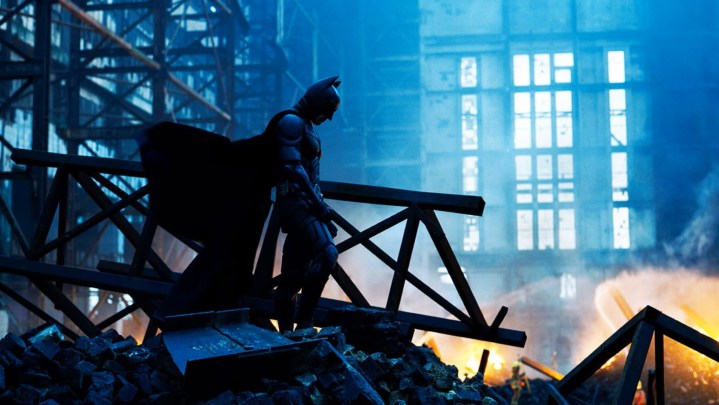
Nolan’s origin story set the pace, and its first sequel would become a phenomenon for the genre that’s still held in high regard today. The Dark Knight has been lauded for many reasons, but it resonated with audiences largely thanks to how it balanced the source material. It was the superhero movie that widely appealed to both general moviegoers and hardened comic book fans alike, presenting a Batman story that paid homage to its source material while flexing its creative muscles.
It simultaneously adapted elements of The Long Halloween and The Killing Joke while feeling akin to crime dramas like Heat without feeling derivative. Aaron Eckhart’s Two-Face was an underrated high point, Heath Ledger’s portrayal of the Joker was groundbreaking (and Oscar-winning), and Bale’s Dark Knight played off of both of them fantastically, making it the best live-action depiction of Batman’s eternal struggle with battling his own inner demons. The Dark Knight set a gold standard for live-action Batman storytelling.
Hellboy II: The Golden Army (2008)

Once again directed and co-written by Guillermo del Toro — and also co-written by the character’s creator, Mike Mignola — Hellboy II: The Golden Army built upon its predecessor’s strengths. The story, this time, saw Perlman’s Hellboy clash with a mythical prince attempting to take over the world on behalf of his kindred.
As many would expect from a del Toro production and Hellboy sequel, there’s plenty of fun to be had in getting immersed in The Golden Army‘s expanded underworld dark fantasy and the cast’s performances. Perlman was an unsurprising highlight, and it stings that del Toro and company couldn’t finish their trilogy — especially after seeing how the awful 2019 reboot with David Harbour panned out.
Iron Man (2008)
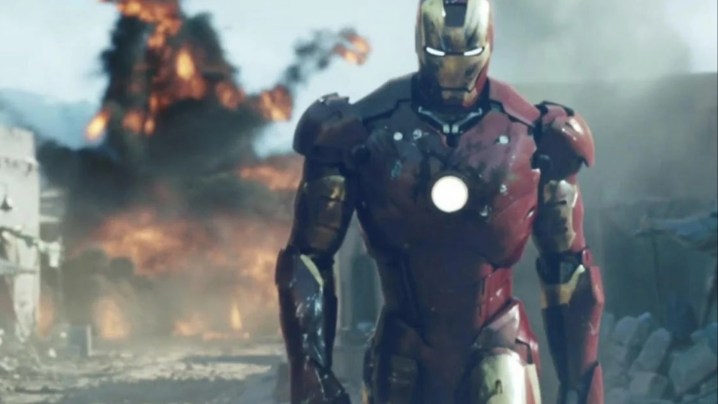
Though the Marvel Cinematic Universe has been admittedly getting complacent from Phase Four onward so far, the franchise is still undeniably a lucrative one overall. And it launched with a strong start with 2008’s Iron Man. The movie kicked off the cinematic universe with one of its most memorable characters and saw Robert Downey Jr. thoroughly embody the role and make it his own.
Especially now, Iron Man stands as a highlight in a library’s worth of MCU productions on Disney+ and one of the best “character profiles” of its most beloved Avengers. From start to finish, the movie presents a believable character arc for Tony Stark that takes him from a petulant, spoiled philanthropist to a humbled and redeemed hero. Iron Man focused on telling a solid single story first and foremost, but it tastefully paved the way for what would become of him several movies later.

